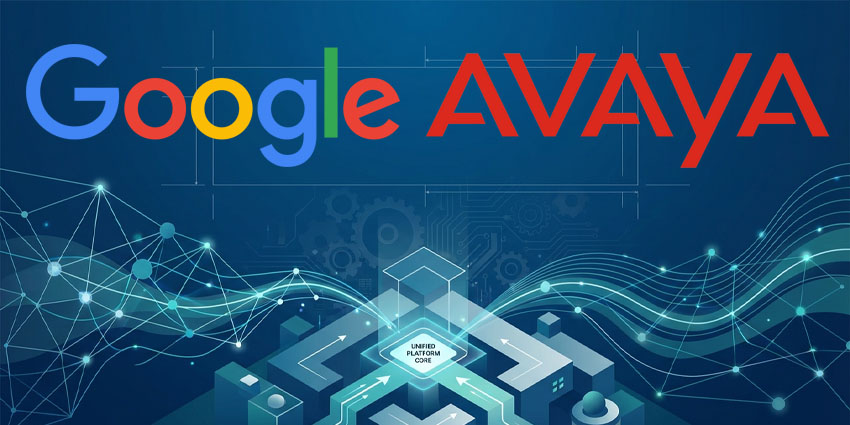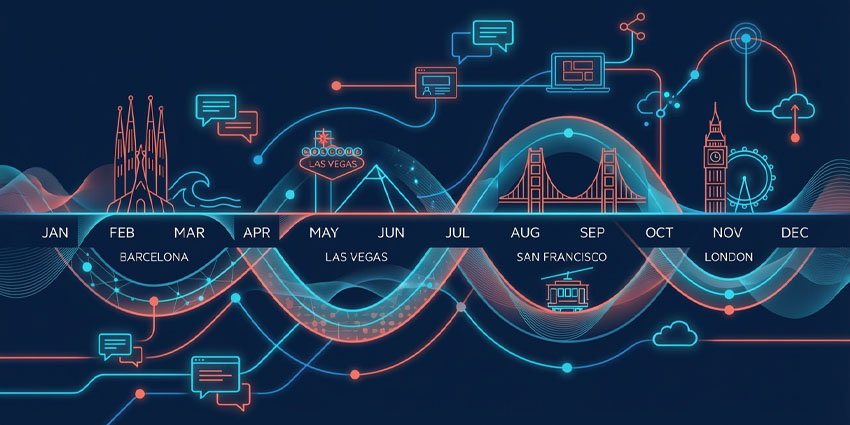How Collaborative Work Management Drives Project Success
The workplace today is nothing like it was a decade ago. We’re living in a world defined by flexibility, agility, and ever-evolving challenges. Achieving collaborative work management success requires an investment in not just the right processes and management teams – but the right cutting-edge technology, designed to align, synchronize, and empower.
Collaborative Work Management platforms (CWMs) are becoming essential to the future of hybrid work. They’re not just improving team cohesion, they’re helping to increase sales and reduce inefficiencies, transforming team productivity. In fact, according to Asana, 87% of companies say CWM platforms had a positive impact on productivity levels.
If you’re wondering what investing in CWM systems could do for your teams, the following collaborative work management success stories could be just the inspiration you need.
Impressive Collaborative Work Management Success Stories
Virtually all of the top vendors in the CWM space, from Asana and Trello to Smartsheet and Monday.com, have shared plenty of their own collaborative work management success stories in recent years. Here’s a behind-the-scenes look at some of the top case studies highlighting just how powerful the right platforms can be.
Dish Network: Increasing Project Efficiency by 30%
Our first collaborative work management success story comes from the Dish Network, a leading provider of satellite television in the US.
This Fortune 200 company started to feel the pressure in recent years as demand and workloads grew, but siloed departments and tools led to serious issues with efficiency. Employees had no standard way to manage work, few opportunities to collaborate cohesively, and limited visibility into progress.
To address the problem, Dish invested in ClickUp’s all-in-one collaborative work management platform. The company took advantage of the solution’s task and project management tools, customizable dashboards, and even its AI system (ClickUp Brain) to boost efficiency.
According to the company, the centralized solution led to a 30% increase in project management efficiency and a 10% reduction in project complexity. Plus, the CWM ensured distributed teams could connect more effectively, share data across ecosystems, and solve problems faster, leading to rapid innovation and growth.
Canva: Scaling Creative Operations
Canva, the world’s leading graphic design platform, has experienced rapid growth in just a couple of years, quickly becoming one of the top tools for digital design. In a short period, Canva acquired more than 100 million monthly active users and a valuation of around $40 billion.
However, rapid growth led to a range of problems for the company. Teams struggled with a lack of stable systems and processes. Employees wasted time on repetitive tasks rather than creative work, and collaboration was hindered by disconnected apps.
Canva turned to Monday.com to enable collaborative work management success, tapping into the flexible range of tools for project, task, and team management. With Monday.com, Canva created transparent workflows, automated common tasks, and enabled seamless communication among teams.
The result was a threefold increase in creative output and a 40% faster production time for new assets. Plus, according to the company, they’ve automated around 657 common “manual actions” in day-to-day employee workflows, ensuring staff members can focus on what matters.
Palace Law: Revolutionziing Legal Practices
Another excellent example of a company unlocking new levels of collaborative work management success with the right software comes from Palace Law. This progressive law firm wanted to modernize its operations fast, switching from paper-based processes, to cloud-based operations.
They examined a range of tools to help empower their teams before eventually choosing Trello due to its flexibility, ease of use, and integrations with a range of apps. Trello allowed Palace Law to create a paperless knowledge-sharing ecosystem, as well as automated workflows to help manage client intake, mail processing, and litigation tasks.
Implementing Trello into its processes allowed Palace Law to increase its revenue by 76% in just 9 months by improving client experiences and reducing operational costs. It achieved a new Net Promoter Score of 70 (much higher than the average of 25 for most law firms). Plus, Palace Law said that its team members are now more motivated, engaged, and satisfied at work.
Syneos Health: Building the Workplace of the Future
The fully integrated biopharmaceutical solutions organization Syneos Health operates across 110 countries and has over 28,000 employees. Managing such a vast and dispersed team posed significant challenges for the company in recent years.
The organization struggled with project visibility, resource allocation, and agility in complex projects. After surveying their team to identify opportunities to improve collaborative work management success, Syneos decided to deploy Wrike.
The Wrike ecosystem gives Syneos real-time insights into project progress, aligns teams around standardized blueprints for processes, and enables rapid collaboration. Syneos successfully manages hundreds of daily tasks with this new collaborative work management platform, optimizing efficiencies and eliminating bottlenecks.
According to Syneos, Wrike has helped them to prepare for the “future of work”, and stay agile as their operations continue to evolve.
Morningstar: Cost-Saving Collaborative Work Management Success
Morningstar, a leading financial services company, faced serious operational efficiencies exacerbated by a complex technology stack and distributed teams using various tools to manage work. Leadership lacked visibility into team performance, and there was no standardized way to manage resources and projects.
Keen to scale operations quickly and maintain innovation, Morningstar turned to Asana to enhance collaborative work management success. By consolidating multiple tools and bringing all work processes together within Asana, Morningstar unlocked transparency, visibility, accountability, and productivity improvements.
With Asana’s in-built AI tools and automation capabilities, Morningstar was able to turbocharge their team’s performance, achieving impressive financial results. The team says it saves around $758,600 annually due to performance improvements (and around 1,972 days of work time). Plus, they’re benefiting from better resource forecasting, data-backed decision-making strategies, and accelerated collaboration across teams.
RMIT University: Automating Course Management
RMIT University, one of Australia’s leading institutions, sought to improve productivity and student experiences. The manual processes they had in place were time-consuming and prone to errors, hurting everyone – including team members.
The educational institution adopted Smartsheet to create a single-source-of-truth solution for monitoring changes and helping their team collaborate on complex tasks. The university also developed automated workflows within Smartsheet to manage data consolidation, alerts, and reporting, which allowed team members to spend more time on tasks that mattered.
With a combination of automation, real-time insights, and tools for improved communication, RMIT University enhanced both employee and student experiences. Today, the group says that work management is more straightforward, more standardized, and more efficient for everyone involved.
Learning from Collaborative Work Management Success Stories
Collaborative work management success stories prove that the right tools can revolutionize how teams operate. Companies worldwide are overcoming inefficiencies, improving visibility, and engaging teams with CWM platforms.
Innovative collaborative work management tools drive measurable improvements, whether you’re looking to cut costs, increase sales, or improve employee experiences. Want to learn more about the benefits of collaborative work management tools? Find our complete guide to CWM systems here. Alternatively, check out these top tips for improving the ROI of your CWM platform.







